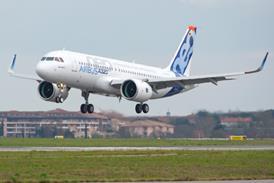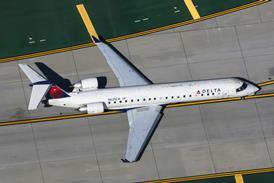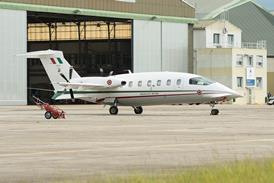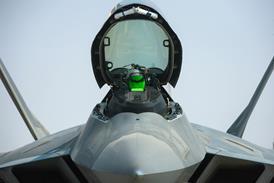Boeing Sonic Cruiser head Walt Gillette has a ready answer for sceptics who say the aircraft will never be built.
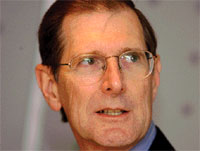
It will, he insists, and what's more, "most of the people who will fly on Sonic Cruiser have yet to be born."
Gillette says that Sonic Cruiser is a quantum leap in aircraft design with a revenue life of up to 75 years.
"It's extremely important that we get the design just right and that is going to take time," says Gillette, vice-president and programme manager. "This aircraft is the most significant development in airline design since the Boeing 707.
Revenue
"The Boeing 737 has generated $650 billion in revenue for airlines since it was introduced and we want Sonic Cruiser to repeat that success."
Boeing is currently making thousands of design changes to its computer-based model, which is being evaluated with computational fluid dynamic simulations.
Gillette says the design changes subtly every six weeks and the knowledge Boeing gains can be applied to its conventional aircraft at no extra cost to the company.
Seven wind tunnel tests have been completed, including a transonic test in Seattle at Mach 1.08.
Its technology partners – Fuji, Kawasaki, Mitsubishi, Alenia, Vought, GE, Roll-Royce, Pratt & Whitney, Fokker, Fischer and GKN – are also putting up their own capital and R&D expertise to support the project.
Some critics point to a lack of firm support from the world's airlines. In particular, none will publicly confirm that they will take it.
Gillette says that isn't unusual. "When we launched the Boeing 747, only Pan-Am said they definitely wanted it. But our research showed that it what was what the market wanted – the rest is history.
"We all need to take a very long-term view of the future of air travel." But is a sub-sonic aircraft what the world needs?
"We could design Sonic Cruiser to fly at Mach 1.6, but the fuel consumption would triple and the engine on-wing time would drop by a factor of three or four.
Thousands
"The Lockheed SR-71 could fly thousands of miles at Mach 3 but it wouldn't make a good business case," he says. "With the technology we have now and over the next 10 years, a Mach 1 airliner makes most sense.
"Sonic Cruiser will provide a 20% decrease in journey time (compared with a Boeing 767); there will be no increase in fuel burn; NOX emissions will be lower and it will be quieter on take-off and landing," Gillette says.
"At the end of the day, Sonic Cruiser will only represent 3-4% of all aircraft flying so we need to make sure we have an aircraft that services one market need.
"It is not a Concorde. You will not have to pay a premium fare. Everyone says they hate being on an aircraft any longer than they need to, but at the end of the day the market will decide."
Source: Flight Daily News


